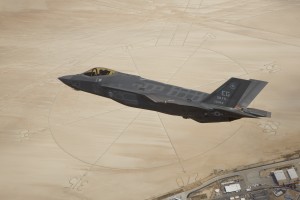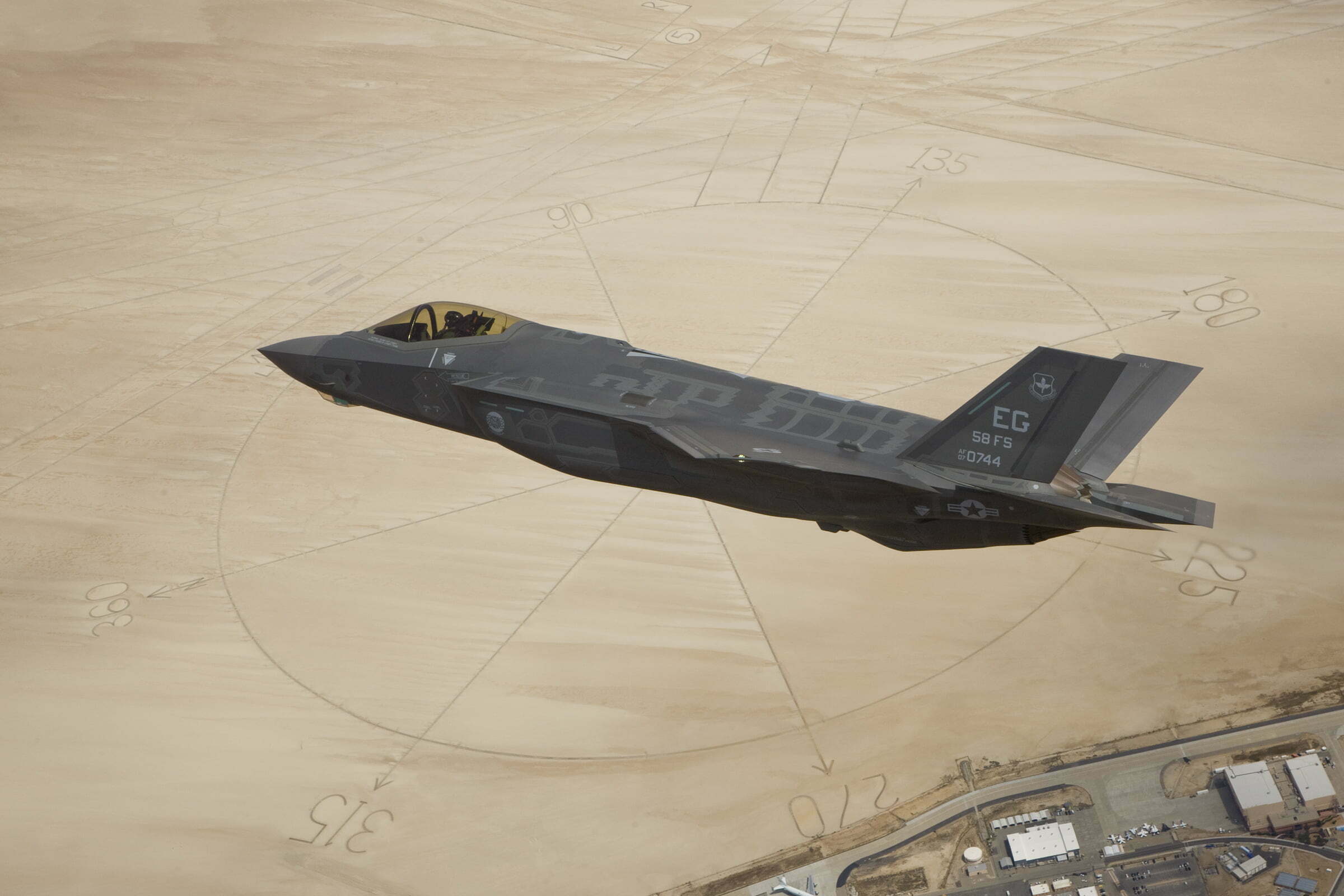6/29/12: By Robbin Laird
By building on the F-35 and leveraging its capabilities, the U.S. and its allies can build the next phase of power projection within affordable limits. U.S. forces need to become more agile, flexible, and global in order to work with allies and partners to deal with evolving global realities.
Protecting access points, the global conveyer of goods and services, ensuring an ability to work with global partners in having access to commodities, shaping insertion forces which can pursue terrorist elements wherever necessary, and partnering support with global players all require a re-enforced maritime and air capability.

Retiring older USN, USMC, and USAF systems, which are logistical money hogs and high maintenance, can shape affordability.
Core new systems can be leveraged to shape a pull rather than a push transition strategy.
At the heart of the approach is to move from the platform-centric focus where the cost of a new product is considered the debate point; rather the value of new systems and their ability to be conjoined is the focal point.
No platform fights alone is the mantra; and core recognition of how the new platforms work with one another to shape collaborative con-ops and capabilities is central to a strategic re-design of U.S. and allied forces.
The announcement by the Japanese that they are buying their first 4 F-35s is another step down this path.
An informal translation from the Japanese of the agreement announced today follows:
JMoD today signed the LOA (Letter of Offer and Acceptance) to procure 4 F-35A and Simulator, etc, via FMS contract with U.S. Government, which is budgeted for JFY2012 procurement.
The outlines of JFY2012 procurement on F-35A are as follows:
1. Procured Items: F-35A 4A/C, Simulator 2units, etc.
2. Costs:
– F-35A 4 A/C (including initial spare parts etc): around JPY40.9B
Unit Price: around JPY10.2B
– Simulators, etc: around JPY19.1B
Total around JPY60.0B
3. Delivery: By the end of JFY2017
Reference information: Cost informaton of F-35A on the JFY2012 budget request
– F-35A 4 A/C (including initial spare parts etc): around JPY39.5B
Unit Price: around JPY9.9B
– Simulators, etc: around JPY20.5B
Total around JPY60.0B
Note 1: “LOA” is the contract between the two government to procure defense items via FMS case. The conditions, agreed between the two governments such as items, cost, delivery date, are conditioned in this document.
Note 2: “Initial Spare Parts” are the items procured with the aircraft so that the aircraft can start smooth operation even if some minor trouble occur.
I wrote in December of last year that the Japanese decision was a significant step in re-shaping the attack and defense enterprise for the U.S. and its allies.
The F-35 Joint Strike Fighter will be the cornerstone of Japanese defense. The Japanese know something about technology. And as a leader in technology worldwide, the Japanese decision validates the cutting edge role of the F-35.
The F-35 is the first aircraft in history with a 360-degree field of vision out to 800 miles, managed by an integrated combat system. Make no mistake — the F-35 is a full combat system, not just a platform.
The beauty of a combat system is the maintenance, upgrades, deployment readiness, development synergies provided by common software for upgrades and development. The F-35 will revolutionize air combat operations, especially in the Pacific.
Fifth generation aircraft like the F-35 are at the heart of a potential new air combat system enterprise. The F-22s may have been the harbinger, but it lacks the essential air combat systems present on the F-35. Deployed as a force, the JSF enables distributed air operations that are crucial to the survival of our pilots in the period ahead.
Distributed operations are the cultural shift that fifth generation aircraft, along with investments in new weapons, remotely piloted aircraft and the crafting of simultaneous rather than sequential operations, bring to the fight. The Japanese understand the opportunities to leverage the F-35 combat system enterprise and that is why they chose the aircraft.
The F-35 as a program can allow for the U.S. and its allies and partners to shape a new approach to global reach.
The F-35 global fleet allows two intersecting dynamics to re-enforce one another.
On the U.S. side, because allies are always forward deployed, the American power projection forces can link and scale in an unprecedented manner. Notably, in those countries deploying both Aegis and F-35s, a symbiotic whole of offense and defense to deal with missile threats will be deployed.
On the allied side, reach back to U.S. and other allied forces is facilitated by the commonality of the global fleet, and the deterrent value of scalability of forces built in.
Given the significant commonality among the three types of F-35s, logistics and support hubs can be built throughout the globe in the partner countries. The differences among naval air and air force air are significantly blurred by the commonality of the F-35s.
http://defense.aol.com/2011/12/22/f-35-will-revolutionize-air-combat-power-in-the-pacific/
https://www.sldinfo.com/shaping-a-strike-and-defense-enterprise-the-role-of-das/
http://www.usni.org/magazines/proceedings/2012-01/long-reach-aegis


